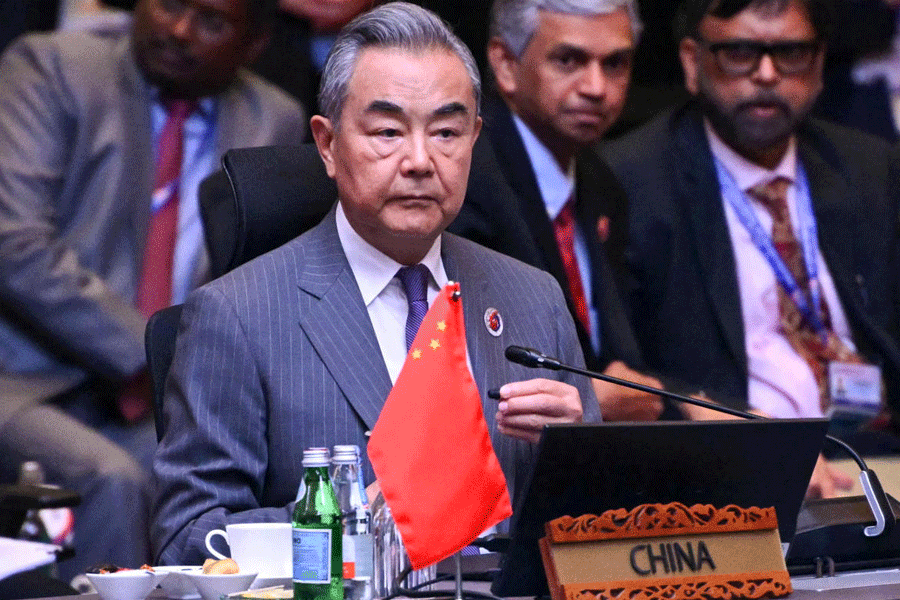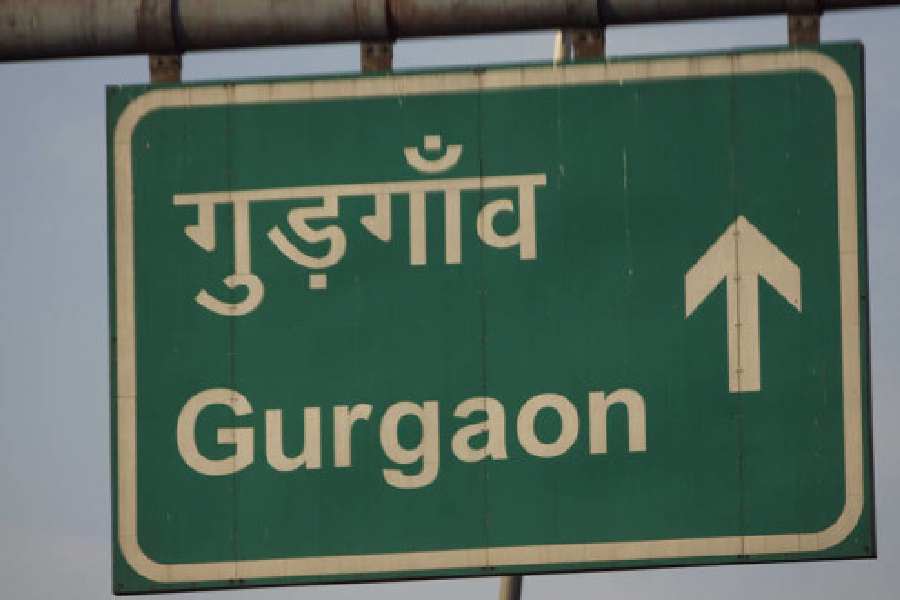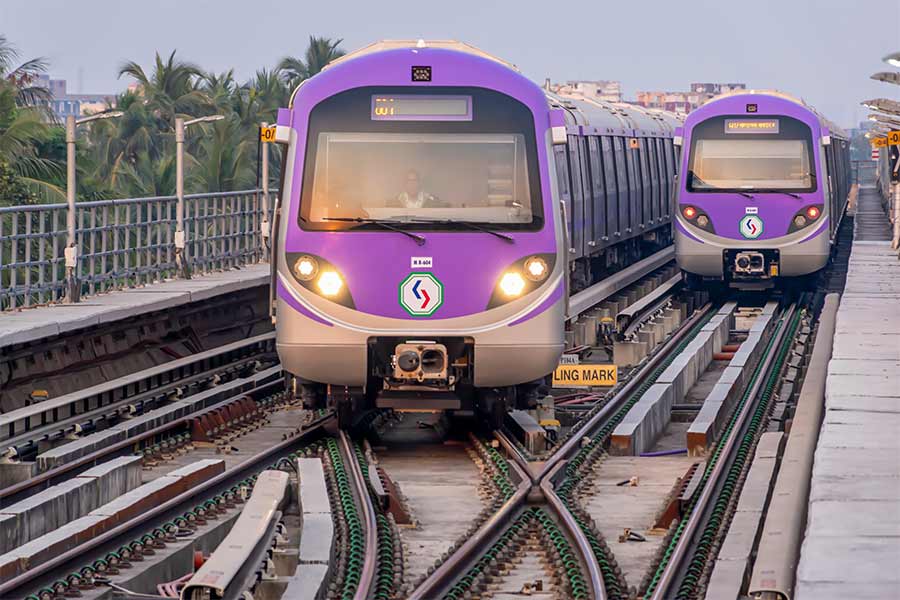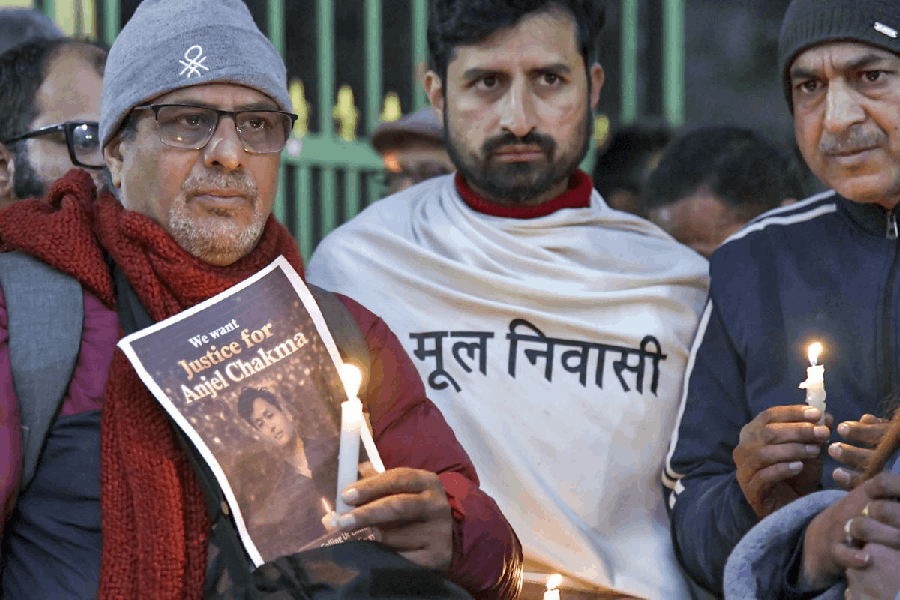 |
| Delegates release the State of India’s Environment Report — Excreta Matters at the seminar in Patna on Friday. Picture by Jai Prakash |
Lack of proper sewage networks in Patna forces about 90 per cent of residents to drink filthy water.
The shocking claim was part of the findings of Centre for Science and Environment’s (CSE’s) seventh State of India’s Environment Report — Excreta Matters, which was released on Friday at a seminar at AN College. Urban development department minister Prem Kumar was present at the event.
According to the report, only 10 per cent of the sewage generated in the city reaches the existing treatment plants and 50 per cent of the remaining sewage contaminates the shallow aquifer (top two layers of the groundwater table). This shallow aquifer is the source of potable water for 90 per cent of the residents in the state capital. The other 50 per cent goes into the Ganga.
The report stated that more than half the water samples collected from across the city had bacterial contamination and were unfit for drinking. Against the permissible limit of 100 faecal coliforms in per millilitre of water, tests indicated an average of 5,056 faecal coliforms in the water samples. Similarly, against the permissible limit of 100 coliforms per millilitre of water, investigations showed an average presence of 13,533 per millilitre in the capital’s groundwater.
“Patna suffers from the problem of plenty — of water and sewage. Residents depend on the Ganga and groundwater for drinking. Less than 10 per cent of the city’s population is connected to a sewage network. This means 90 per cent of the city’s excreta is discharged into open drains and into the river. From the drains, the sewage percolates into the groundwater, which is pumped up by Patna Municipal Corporation and supplied to houses,” said CSE’s water team programme director Nitya Jacob.
The report provides an assessment of water and sewage management problems being faced by 71 cities across the country. “The report maps where Indian cities get their water from and where their waste goes. It seeks to find a sustainable paradigm of urban growth with regard to water and sewage. In Patna, both the river and groundwater, used for drinking, are polluted by sewage,” added Jacob.
“Bihar’s water quality problems are worsening by the year on account of poor sewage management. Decentralised sewage treatment units across the city with vermifiltration and vermicomposting along with rainwater harvesting have become the need of the hour,” said Ashok Ghosh, head of department, environment and water management, AN College.
Prem Kumar said: “I will incorporate the recommendations in the urban reforms policies of Bihar.”











